Ants
Pest Library
Appearance
They are identified by their elbowed antennae and the distinctive node-like structure that forms their slender waists.
General Information
There are over 12,500 of ant’s species all over the world. Ants form colonies that ranges from few dozen individual to million predatory individual living in one colony. Ants colonies are very organized. Each colony includes generally three castes Queens, Males, Workers Ant. Worker ants are wingless female whose job is to gather food, feed, maintain nest and defend the colony. Worker ants do not reproduce. Male ants are winged female are also called droned and their job is to mate with queen. The Queen are also the winged female and are the only ants those lay eggs. Once the queen become adult she spends the rest of her life laying eggs. Depending on the colony it may have one or many queens. The queen survives for fifteen years, but it has been found the queen has survived for 30 years also.
Identification
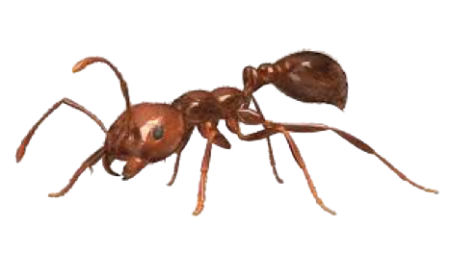
Colour – Reddish
Size – 1.5 to 5 mm
Habitat
Fire ants nest in the soil, often near moist areas, such as river banks, pond shores, watered lawns, and highway shoulders. Usually, the nest will not be visible, as it will be built under objects such as timber, logs, rocks, or bricks. If no cover for nesting is available, dome-shaped mounds are constructed, but these are usually only found in open spaces, such as fields, parks, and lawns. These mounds can reach heights of up to 60 cm
Threat to Human as a pest
Fire ant’s colony produces large mounds in an open area up to 60 cm in height. The Colony feeds itself on young plants, Dead animal, insects, Sweets, Protein and fats, earthworm. It can also attack animal and kill them.
If aggravated fire ants bite only to get a grip and then sting (from the abdomen) and inject a toxic alkaloidvenom called solenopsin. This is a painful sting, a sensation similar to what one feels when burned by fire. After effects of fire ants bite can be deadly to sensitive if a victim experiences a severe reaction such as sweating, nausea or excessive itching, emergency medical services should be contacted immediately. Their sting, which includes alkaloid venom, is highly irritating to humans and results in red bumps and white pustules, which can ultimately lead to scarring.
To fire ants outside the home, be cautious and observant where you step, sit or place your items such as food or drinks. If you see a fire ant mound, keep an eye on the ground to watch for ant activity and keep yourself away from them.
Identification
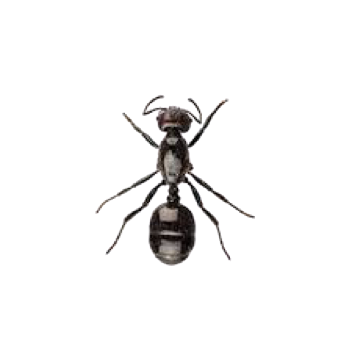
Colour – Shiny Black
Size – Worker – 1 to 2 mm long | Queens – 4 to 5 mm long
Habitat
Little Black ants are generally located outdoors and in woodwork and masonry building, but sometimes come indoors. The infestation of little black ants is the result of improper food storage.
Threat to Human as a pest
Although little black ants have stinger, it is too small to be effective to human. Little black ants move indoors when they are in need of heat or moisture.
Infestation Sign
Signs of a little black ant infestation, include visible evidence of the ants inside the house, crawling on the house wall or kitchen floor and cabinets in search of food or water. Once inside, they feed on sweets, meats, breads, vegetables and fruit.
Identification
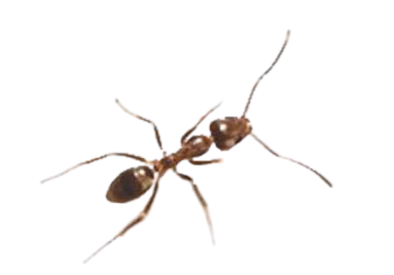
Colour – Light to Dark Brown
Size – Worker – 1.6 to 2.8 mm | Queens – 4.2 to 6.4 mm
Habitat
May fertile queens are present in each nest. Argentine Ants nests are typically in moist soils and under buildings, they build nests near food and water. This ant are invasive species and are known for displacing native ants. Argentine ants are a common household pets, often entering structures in search of food or water. When they invade a kitchen, it is not uncommon to see two or three queens foraging along with the workers. Argentine ants prefer sweet foods like sugars, syrup, fruit juices, and honeydew
Threat to Human as a pest
Due to multiple fertile queens in each nests, these pests breed rapidly and create huge colonies that can number into the hundreds of thousands of workers. If few colonies are interconnected, then colony will have millions of workers and multiple queen. The argentine ant’s colonies if not treated, can infest an entire building.
Identification
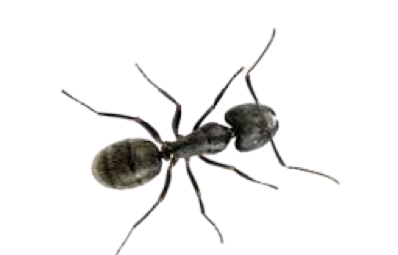
Colour – Black is common, but can be found in black and red colour.
Size – 7 mm to 20 mm
Habitat
Carpenter ants build their nest inside the damp wood. However, unlike termites, they do not consume wood. They dig out tunnels inside wood to give themselves space of movement. Carpenter ants are feeding themselves on sweets and fruit juices also they are attracted to meat and fat.
Threat to Human as a pest
Carpenter Ants commonly infest wooden buildings and structures, and are a widespread nuisance and major cause of structural damage. Due to their behavior of digging out wood from inside, a long term infestation of carpenter ant in house is a serious threat to home structure.
Identification
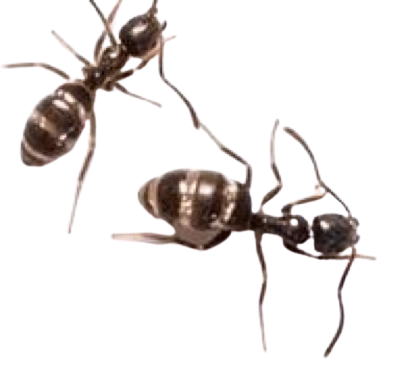
Colour – Brown or Black
Size – 1.5 mm to 3.2 mm
Habitat
Odorous ants are attracted to moisture. Odorous prefer to build their indoor nests near locations that are warm and close to moisture. The nest can be found outside and may crawl indoors through cracks in the foundation or openings around doors and windows. When crushed, these ants leave unpleasant a smell.
Threat to Human as a pest
When Odorous ants are inside home they invade the food storage area and they can easily contaminate food products. These ants can bite but it does not cause much pain. These ants are vulnerable to most ant killer. If the infestation is not treated early their colony can grow in large population and it will take few days to clear the infestation.
Identification
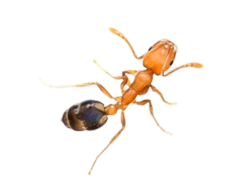
Colour – Yellow or Light Brown
Size – 2 mm
Habitat
Pharaoh ant’s nest are deep seated in cavities of heated building. They are frequently found in hospitals. These ants invade home to take advantage moisture and also as a protective habitat site. These ants generally feed indoors on high protein foods like meat, fats, blood, dead insects, etc.
Threat to Human as a pest
Controlling pharaoh ants is difficult. New colonies of Pharaoh ants are often formed if they are disturbed by incorrect use of pesticide. This is multi queen colony, therefore their population increases rapidly especially if they are indoors.
